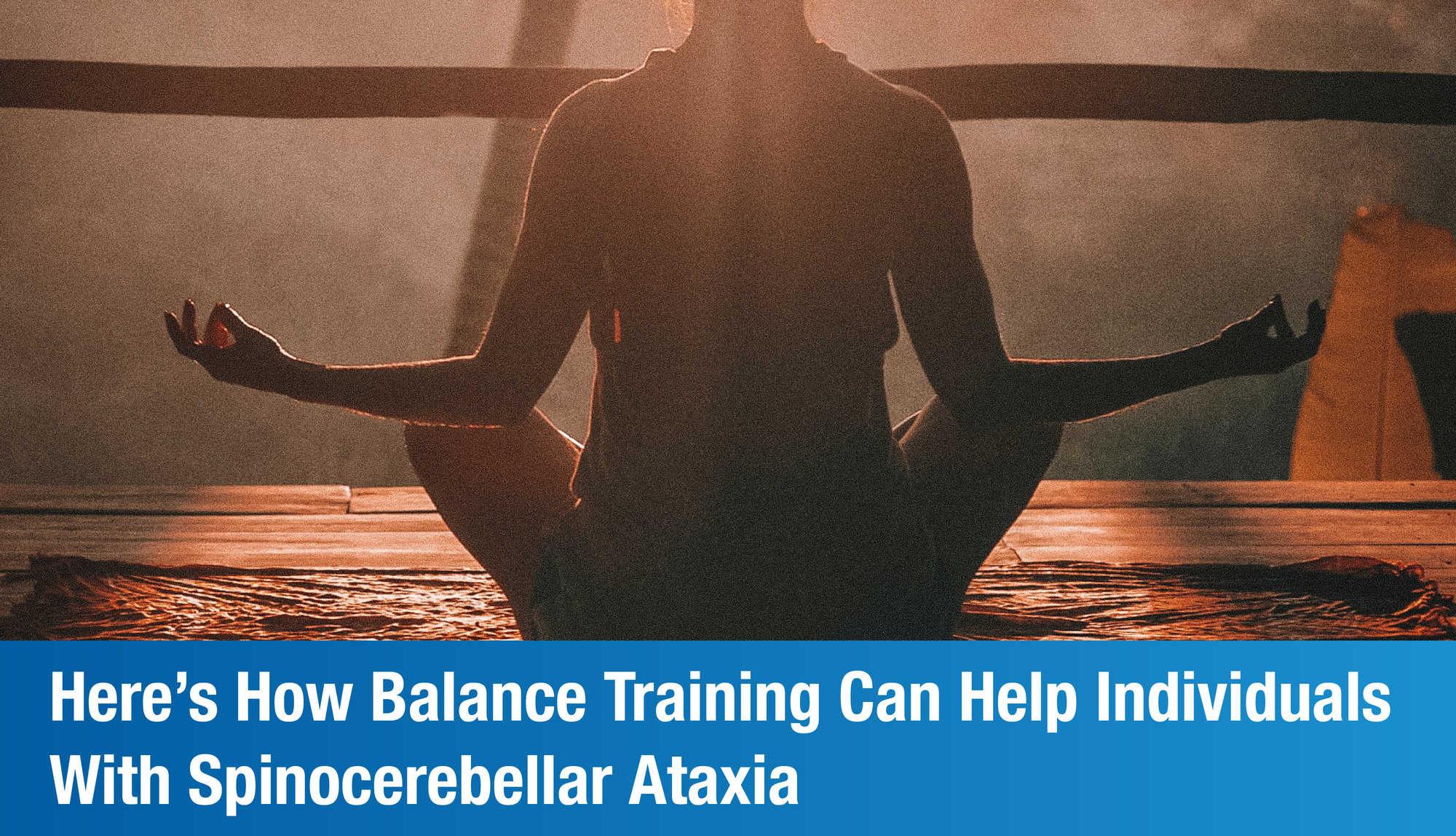
Spinocerebellar ataxia is a rare disease that affects coordination and balance, making it hard for the patient to move about and perform daily activities. Research has demonstrated the efficacy of balance training in reducing the risk of falls and improving the patient’s gait. Here’s a quick guide on what balance training for spinocerebellar ataxia looks like and how you can do it safely at home.
Understanding spinocerebellar ataxia
Spinocerebellar ataxia, spinocerebellar atrophy, or spinocerebellar degeneration is a genetic disease caused by either a recessive or dominant gene. It refers to a group of ataxias that are known to be hereditary and cause harm to the cerebellum, the part of the brain which maintains balance and controls movements. Spinocerebellar ataxia may result in non-coordinated gait, impaired hand-eye coordination, and abnormal speech. Because this condition affects the nervous system, it is also known as a nervous disorder. The best spinocerebellar ataxia treatment comprises a combination of physiotherapy, occupational therapy, speech therapy, and stem cell therapy.
Balance training for spinocerebellar ataxia
The chief symptoms of spinocerebellar ataxia include unsteady gait, poor motor coordination, impaired muscle tone, and difficulty with daily movements. Physiotherapy is an essential component of the best spinocerebellar ataxia treatment process, and the right exercise regime can improve as well as restore functioning and coordination. In particular, balance training is highly effective when it comes to the patient’s gait and daily movement. Here are some balance training exercises to try at home to complement physiotherapy sessions at the rehabilitation center.
- Quadruped weight shifting: This exercise focuses on core stability and strengthening, and thus improves balance when sitting or standing up. Start by kneeling on the floor with hands positioned below the shoulders and a neutral spine. Slowly bring your entire weight forward till your wrists are bearing the weight, pause for a moment, and then bring your weight backward until your knees are bearing the weight. Essentially, you will be rocking your torso back and forth, shifting weight from wrists to knees.
- Quadruped arm and leg extensions: Starting from the same neutral position, slowly extend an arm forward to shoulder height and then the opposite leg backward to hip height, balancing for a moment before bringing both back to the neutral position. Repeat on the opposite side and do about 10 reps in total.
- Sit to stand: This exercise enhances balance and stability when getting up from a sitting position. Sit down in a chair with legs hip-width apart, your feet under your knees. Gradually start shifting your upper body weight forward over your legs. As the weight gets transferred to your feet, push up from the stair into a standing position using your leg muscles. Return to a sitting position and then repeat 10 times.
- Sitting lateral weight shifts: This exercise improves your balance and stability while you are in a sitting position. Sit on a chair with your legs hip-width apart and your feet under your knees. Slowly allow the weight of your trunk to shift from side to side, both right and left, for a total of 10 repetitions. You can make this more challenging by sitting on an exercise ball.
- Standing lateral weight shifts: This exercise, like the previous one, involves shifting the weight of your trunk from side to side, except that you perform it while standing up with your feet hip-width apart or wider. The exercise focuses on balance while standing and is an important precursor to doing side-stepping movements safely.
- Standing heel to toe balance: This exercise improves balance while standing with a narrow base of support. Stand straight and position one foot in front of the other so that the heel of the front foot is touching the toes of the back foot. Stand upright in that position for as long as you can, rest for a few seconds, and then repeat with the other foot in front.
Balance training can significantly improve coordination, posture, and balance for patients with spinocerebellar ataxia. The exercises above are easy to do at home and require no special equipment. Always consult with your physiotherapist before trying any new exercises, ensure that you are maintaining correct form, and have a grip bar or a surface to hold onto in case you lose balance. The more you practise these exercises, the better you will become at them, and the more stability you will have when moving about in your daily life.
https://www.aaxia.org/11-exercises-for-ataxia-patients/










